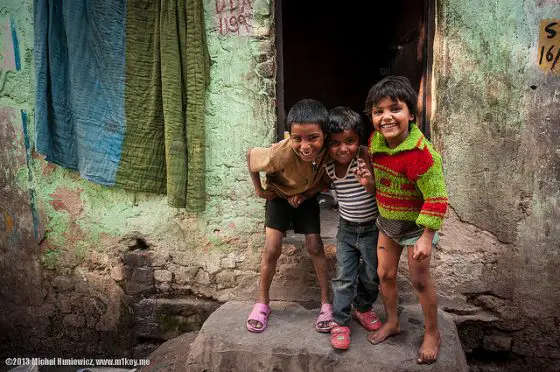What is a slum:
- A slum is an urban informal settlement that is unfit for living because it lacks access to basic sanitation, drinking water, electricity etc.
The situation of slums:
- Unhygienic conditions.
- Lack of medical facilities.
- Lack of sanitation.
- Congested.
- No access to drinking water and electricity.
- Most of the inhabitants of the slums can’t be beneficiaries to Govt schemes.
- Only a few slums are recognized by Govt. Conditions in unrecognized slums are even worse.
- No drainage system. In most slums, wastewater flow in between houses.
- The little medical facilities available in slums is provided by NGOs.
Causes of the formation of slums:
- Increasing rural to urban migration.
- Urban areas are not being improved enough to accommodate the new inhabitants.
- Poor planning of cities.
- Poverty and lack of job opportunities in rural areas are the push factors of migration.
- The high cost of living in urban areas.
- Natural disasters.
- Increasing population.
- Urbanization – Pull factor of rural migration.
- Social exclusion.
- Informal economy.
- Some politicians use slum inhabitants as their vote banks. Though they give fake promises of improving the living conditions, they encourage slums.
- Social conflicts – civil wars.
Effects on the people living in slums:
- The reduced life expectancy of slum inhabitants.
- Health problems due to drinking contaminated water.
- Environment pollution.
- The low standard of living.
- Degraded health conditions.
- Those living in slums get victimized easily by alcohol and drugs.
- Slums inhabitants will become the worst victims of natural disasters.
- Slums breed violence, crime, diseases, epidemics and psychological illnesses.
- Preterm births.
- Malnutrition in children.
- Child labour.
- No safety for women living in slums due to high no. of drunkards.
Failed Solutions:
- Slum removal – It made slum inhabitants homeless.
- Slum relocation – It moved poor people further away from their workplaces.
Successful strategies:
- Slum upgrading. It improved slum’s living conditions. But it does not address poverty and low wages of the informal economy.
- Organized urbanization – Planning & Modifying urban areas to accommodate newcomers.
- Legitimizing slums instead of driving them out of their homes.
- Improving job opportunities in rural as well as urban areas.
- Planning rural development along with urban development.
- Economic development.
- Better transport facilities.
- Affordable housing in urban areas.
What India is doing:
- Govt of India launched ‘National Urban Health Mission‘ to improve health care facilities for urban poor.
- India implemented ‘slum upgrading‘ in a few recognized slums.
- In 2015, the Indian Govt allocated budget to replace crowded slums with 2 crore homes.
Conclusion:
Besides improving the living conditions in slums, the causes of slums creation should be addressed. Distributive development will serve the purpose and thereby everyone can have a dignified and healthy life.
Your Turn…
How can we transform slums into better places to live in? What are your thoughts on slums? Express your opinions through the comment section below.
Photo Credits : Michal Huniewicz
Copyright @ Group Discussion Ideas.


this help me with my mun/home work thanks
Powerful points. Thank you
Thanks,, very helpful
Thank you for the feedback. Glad to be of help!
Ty , this helped a lot wiv my hw
Thank you for the topic
Tq so much it helped me. Lot… Compared to other site s